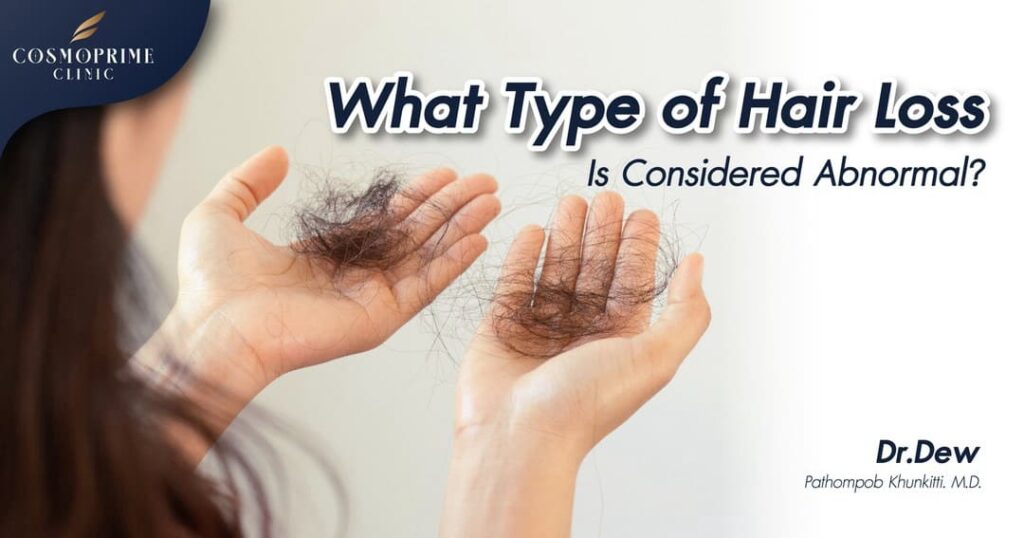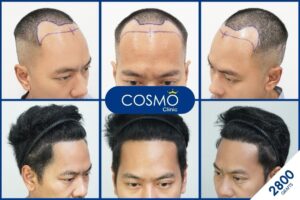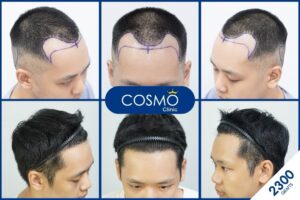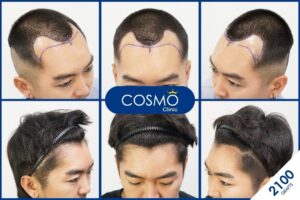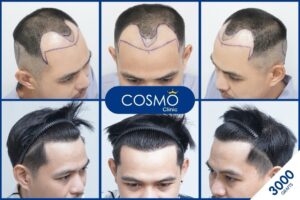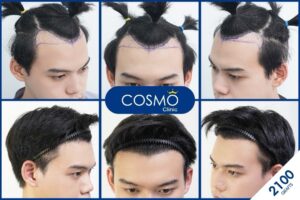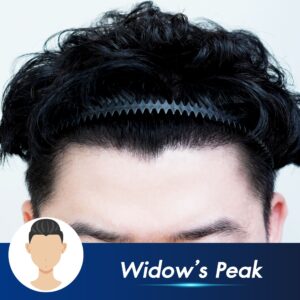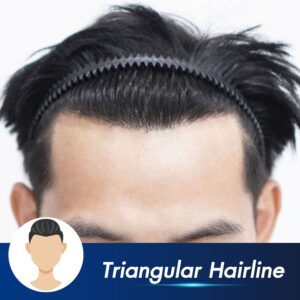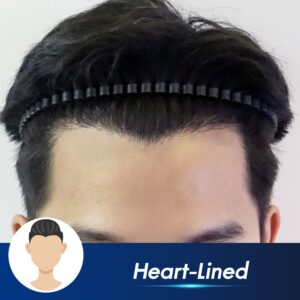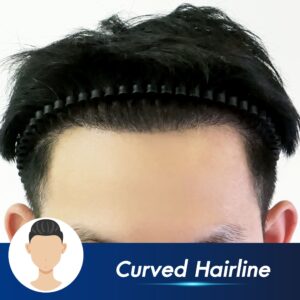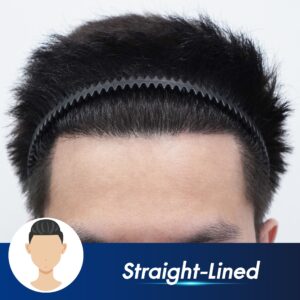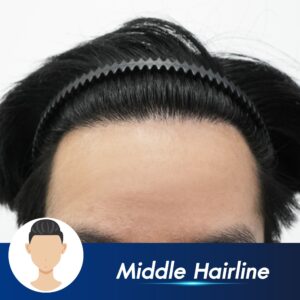Are you worried about hair loss? It’s normal to shed 30-50 hairs per day. However, if you notice excessive hair shedding over several days, it may indicate an underlying issue. Understanding the causes of abnormal hair loss is crucial to finding the right treatment.
In this article, we’ll discuss:
✅ What is considered abnormal hair loss?
✅ Common causes of excessive shedding.
✅ When to seek medical help.

table of content
What Is Considered Abnormal Hair Loss?
Hair goes through a natural growth cycle, including phases of growth, rest, and shedding. Losing 30-50 hairs daily is part of this cycle. However, losing more than 100 hairs per day or experiencing visible thinning patches may signal an abnormal condition.
Signs of Abnormal Hair Loss:
- Clumps of hair falling out while washing or brushing.
- Bald patches or areas of thinning.
- Increased hair loss over weeks or months.
- Hair breaking easily or becoming fragile.
5 Common Causes of Abnormal Hair Loss
1. Scalp Fungal Infections (Tinea Capitis)
A fungal infection on the scalp can cause patchy hair loss with visible redness, itchiness, and flaking. It’s more common in children but can affect adults.
Symptoms of Scalp Fungal Infections:
- Circular bald spots.
- Itching and irritation.
- Scaly or flaky patches.
Treatment:
- Antifungal medications (oral or topical).
- Maintaining scalp hygiene.
2. Hair-Pulling Disorder (Trichotillomania)
This psychological condition involves compulsive hair-pulling, often due to stress, anxiety, or emotional trauma. It leads to uneven hair loss and visible bald spots.
Signs of Trichotillomania:
- Broken, short hairs in affected areas.
- Emotional triggers linked to pulling episodes.
- Smooth patches without signs of infection.
Treatment:
- Behavioral therapy to manage compulsions.
- Psychological counseling.
3. Hair Damage from Styling Practices
Frequent exposure to heat, chemicals, and tension weakens the hair shaft, leading to breakage and hair loss.
Common Hair-Damaging Practices:
- Hair dyeing and chemical treatments.
- Excessive heat styling (e.g., flat irons, curling wands).
- Tight hairstyles like braids or ponytails.
Prevention:
- Use gentle hair care products.
- Limit heat exposure.
- Avoid tight hairstyles.
4. Medication and Radiation Therapy
Certain medications and medical treatments can cause temporary or permanent hair loss. This is often seen in patients undergoing chemotherapy or radiation therapy.
Medications That Cause Hair Loss:
- Chemotherapy drugs.
- Blood thinners (anticoagulants).
- Birth control pills.
- Medications for thyroid disease or gout.
What You Can Do:
- Consult your doctor about alternative treatments.
- Explore hair restoration therapies after treatment ends.
5. Underlying Medical Conditions
Several medical conditions can disrupt the hair growth cycle and cause abnormal shedding.
Common Health Conditions Linked to Hair Loss:
- Thyroid disorders (hypothyroidism, hyperthyroidism).
- Autoimmune diseases (e.g., lupus or alopecia areata).
- Syphilis and other infections.
- Chronic illnesses like liver or kidney disease.
When to Seek Medical Help:
- If hair loss is sudden or severe.
- When accompanied by other symptoms (e.g., fatigue, weight loss).
When Should You See a Doctor for Hair Loss?
If your hair loss is persistent or unexplained, consult a dermatologist or trichologist for evaluation.
Seek medical attention if you:
- Lose more than 100 hairs daily.
- Develop bald patches or thinning areas.
- Experience itching, pain, or scalp inflammation.
Read more : Hairline design
How to Prevent and Manage Hair Loss
✔️ Maintain a Healthy Diet: Eat nutrient-rich foods (biotin, iron, and protein) to support hair growth.
✔️ Reduce Stress: Practice relaxation techniques like meditation or yoga.
✔️ Use Gentle Hair Products: Avoid harsh chemicals and opt for sulfate-free shampoos.
✔️ Regular Check-Ups: Address underlying health issues early.

